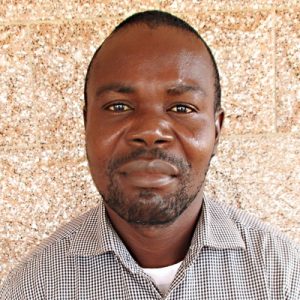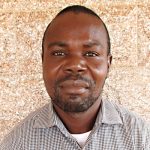Lungi community is a rural area that is fast growing in popularity and development. The Susu and Mandingo people are the primary residents of this community. They are descendants of settlers that came from Guinea and generations later have made Lungi their home.
This is a rural community that prides itself on agriculture and fishing. Onions, tomatoes, and eggplant are the most popular items that people grow. It is a vegetated community with a lush and green landscape even during the hottest time of the dry seasons. The community is surrounded by very fertile swamps that produce food during the dry and rainy seasons.
It used to be a quiet and serene environment, but then came the development that is fast turning the community into a business center. There are still signs of the old days in the style of buildings that line the streets. In the old days, houses were built to be very large. The style is easily recognized among the recent buildings. The homes that are in the community range from mud blocks to cement blocks and cement plastering.
Holy Cross Primary School is located on the outskirts of town, always an ideal location for any school to limit the level of interruptions to the school children. The Catholic parish that is the founding father of the Holy Cross Primary School is about 200 meters from the doorsteps of the school.
The school was established by Catholic Missionaries on January 24, 1958. The school was started with no school building, so the home of the missionaries was used to school the students that enrolled during the first year. The teacher in charge was the late Mr. PL Lahai from the Magburaka training college. The first head teacher after a building was erected was Patrick Turay, with a total of 30 students.
Some 23 of the students were boys and 7 girls. The school has improved over the years and with the surge in the school population, so has the need for more buildings grown. There are 880 students, teachers, and staff today. The school has improved to 3 buildings, a full composting sanitation project, and a water well.
The main problem people in the community and the school face is that the protected water point stops working during the dry season. When that happens, the students and community members who rely on the well must travel to the nursery school down the street or a scoop hole located at the bottom of a hill even further away. These 2 solutions are problematic because they require the students to take time out of class to get enough water. The nursery school well is already busy. When the students from Holy Cross use it that means that the nursery school students have less access to their own water point. And the scoop hole is an open and unsafe water source that can cause the students to fall ill and miss even more class time.
The rate of students contracting diarrhea increased during the last dry season, reported Deputy Head Teacher Mariatu Gbla to us during a recent visit. It is to the benefit of the school and community to have this water point operational year-round.
Here’s what we’re going to do about it:
Well Rehabilitation
The well marked for this overhaul needs major work to supply adequate, clean water to the community year-round. The pump will be removed, and a hand auger will be lowered inside and powered by a drill team. This hand auger will allow the team to drill several meters deeper to hit a sufficient water column that will ensure the well supplies water throughout all seasons.
As the team drills, casing will be installed, transforming the bottom of this hand-dug well into a borehole. PVC piping will connect this lower system directly to the pump, a combination that we know will also improve the quality of water.
Once this plan is implemented, everyone within the community will have access to safe drinking water in both quality and quantity, even through the dry months.
Hygiene and Sanitation Training
There will be hygiene and sanitation training sessions offered for 3 days in a row.
No handwashing stations were observed here. After our visit, the hygiene and sanitation trainer decided it would be best to teach community members how to build a tippy tap (a hands-free handwashing station built with a jerrycan, string, and sticks). They will use these tippy taps for handwashing demonstrations, and will also teach about other tools like dish racks and the importance of properly penning in animals to keep them away from people's food and water.
These trainings will also strengthen the water user committee that manages and maintains this well. They enforce proper behavior and report to us whenever they need our help solving a serious problem, like a pump breakdown.

 Borehole Well and Hand Pump
Borehole Well and Hand Pump
































